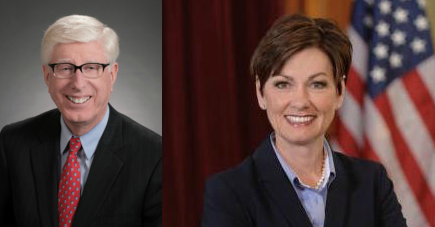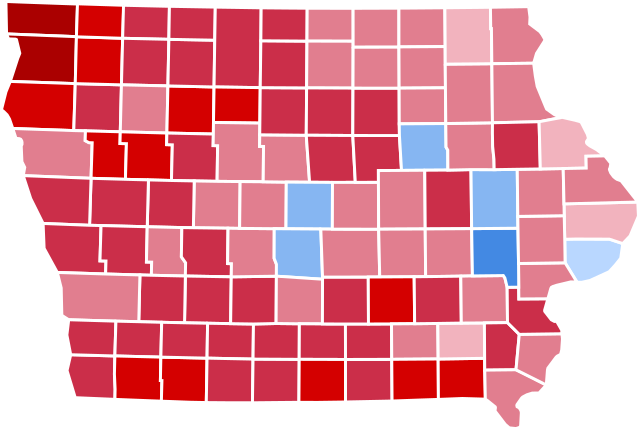Pete McRoberts, a policy attorney in Des Moines who has worked in legislative, Congressional, and statewide offices, reflects on Attorney General Tom Miller’s formal opinion on the coming transfer of power. -promoted by desmoinesdem
Plenty of time has been spent over the past few months on addressing the rare constitutional, legal, and political questions regarding the succession clauses of the Iowa Constitution and corresponding state law for when vacancies exist in state elected offices.
In plain English, the question we have to answer – not very often – is how does it work when a Governor is no longer able to perform his or her duties? This question was answered a handful of times in Iowa over the past hundred years. The most recent instance was close to 50 years ago. The Constitution has been amended since then, in a way that sits in the same pew as that question, but still somewhat distant that our immediate question as to the authority of a successor of a Governor.
The first piece of the vacancy and succession questions is whether a successor is a Governor. The two times that has happened in a modern Governor’s office – in the 1950s and 1960s – the Constitutional matter was answered with a “yes.” With the pending resignation of Governor Terry Branstad, it is sensible to not only dust off historical questions, but to take a look to see how the Constitution and laws apply now. The question is simple; “will Lt. Gov. Reynolds be a Governor, or will she be an ‘Acting Governor?”
The second question relates to the powers of a Governor to fill vacancies, specifically, to the office of Lieutenant Governor. For context, in 2009, the Legislature passed and the Governor signed a law to confirm how the Constitutional mechanism would function in that setting. The law was simple; it states that in the event of a vacancy in the office of the Lieutenant Governor, that the Governor will appoint a Lieutenant Governor for the balance of the otherwise vacant term.
Earlier today, the Attorney General issued a formal opinion on these two questions.
Continue Reading...





